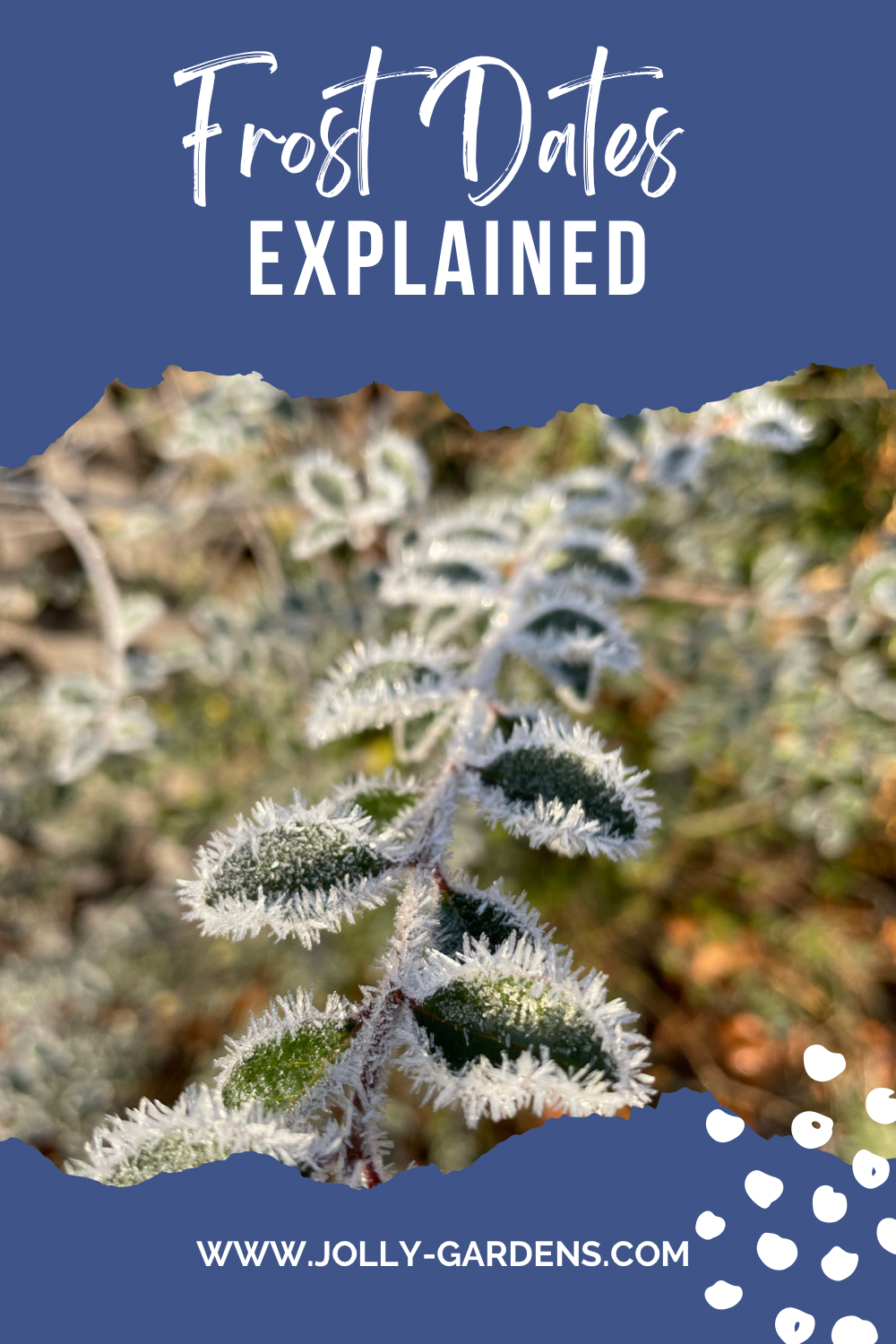Frost Dates Explained
What is a frost date?
A frost date is the average day a frost will occur. A frost usually occurs when the air is a freezing temperature. The colder the air temperature is, the more damage can occur to your frost-sensitive plants. Frost dates are determined by the National Oceanic and Atmospheric Administration (NOAA), and based on 30 year averages.
What’s the difference between a first and last frost date?
Last frost is the average day when the last frost will occur in the spring, the beginning of the warm season.
First frost is the average day when the first frost will occur in the fall, the beginning of the cool season.
Why are frost dates important?
First and last frost dates are the basis for the entire garden schedule. In the spring, you use to your last frost date to determine when to either start seeds indoors (before last frost) or plant outside (after last frost). The dates are important so you know that you’re planting outside when your plants will be less likely to experience a frost that could damage or kill them.
How do I find my frost dates?
Go to this Farmers Almanac page and put in your zip code. Easy schmeasy. It’s important to remember that although these dates are based on data (those 30-year historical averages), they are not absolute. These dates are a 50/50 likelihood, so take that into account when you decide when to plant outdoors. For example, even though our last frost date in spring is March 30, many people in the area do not plant outdoors until Easter, which is in April.
